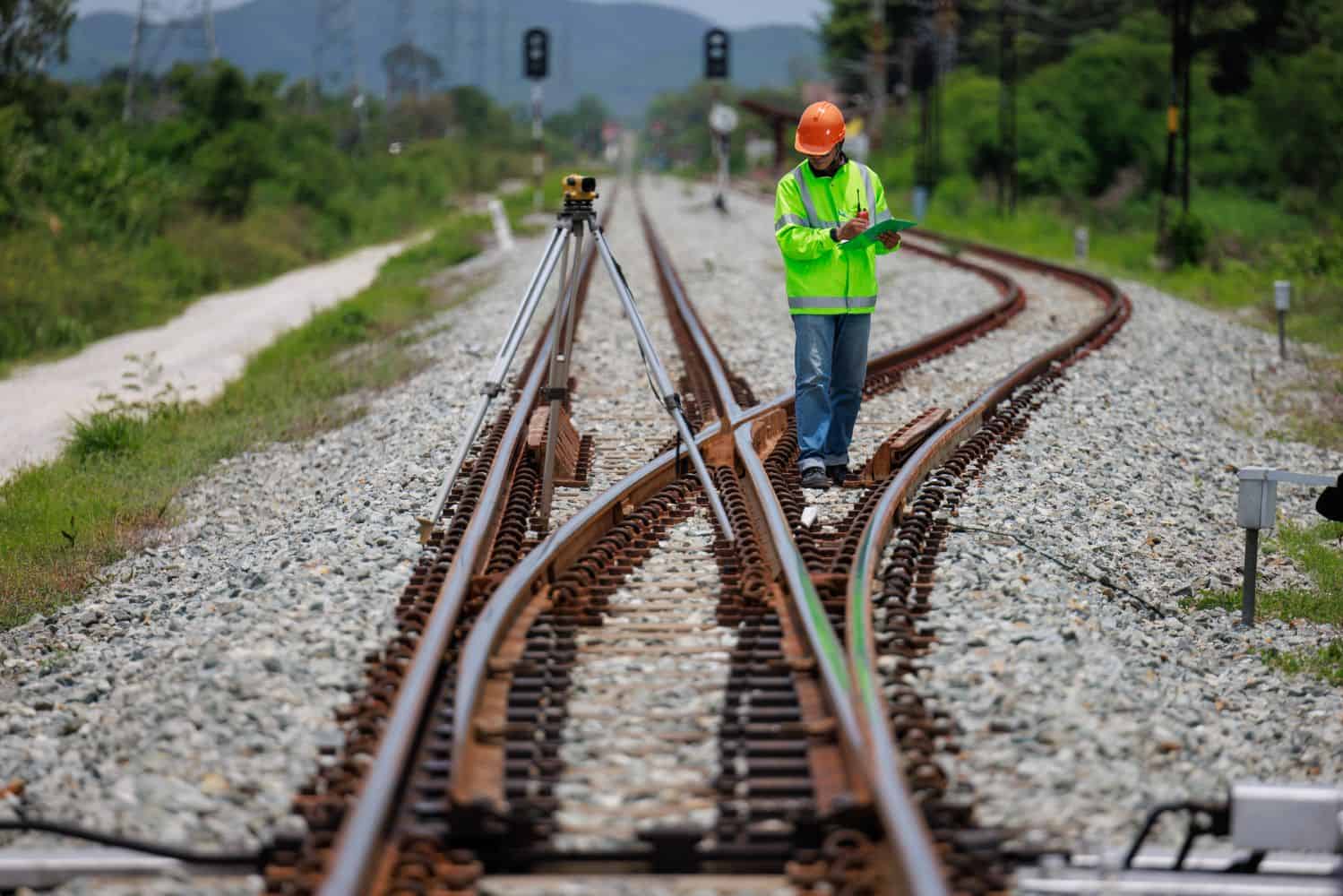However, Transport Minister Barbara Creecy says this process will take place in the context of ‘the network as a whole remaining in state ownership’.

Transnet will issue a request for proposals (RFP) later this year and begin the formal procurement process to bring substantial private sector investment into South Africa’s rail infrastructure, probably through a concessioning model, says Minister of Transport Barbara Creecy.
However, Creecy emphasised that, once again, this process will take place in the context of “the network as a whole remaining in state ownership”.
Creecy told the Sara Rail Conference in Sandton on Tuesday that to sustain South Africa’s economy, the government cannot afford to wait until potential private sector participation (PSP) – still in its initial phase – reaches financial close before launching a programme to rehabilitate Transnet’s rail network.
She reiterated that immediate sources of finance for this work include Transnet’s current infrastructure budgets, two applications to National Treasury’s Budget Facility for Infrastructure (BFI), and a joint funding and collaboration framework, which could allow current customers to assist in repairing the network without adding to Transnet’s debt.
On Friday, Creecy confirmed that the first request to National Treasury’s BFI, for R16.4 billion, was submitted in July, with a second request for R18.6 billion to be submitted in October.
She confirmed this when announcing that 11 of the 25 train operating companies (TOCs) that applied for third-party participation in Transnet’s rail network have met the necessary requirements and will now proceed to the next stage of negotiations and contracting.
ALSO READ: First step for rail reform but it needs swift implementation – BLSA
The names and shareholding of the successful TOCs will be released at a later date, but Grindrod Limited confirmed on Friday that it has been awarded third-party access to Transnet’s rail network. Mining and emerging ferromanganese group Menar confirmed on Tuesday that it has also secured conditional access to operate on parts of the network.
Road Freight Association (RFA) acting CEO Kevin van der Merwe said on Tuesday the RFA welcomes the announcement regarding the outcome of Transnet’s slot allocation process, describing it as “an historic and necessary step towards a more efficient national logistics system for South Africa.”
Van der Merwe said the RFA has for a long time maintained that South Africa’s economic success is dependent on a well-integrated and collaborative freight logistics network, with both rail and road playing critical roles in the efficient and cost-effective movement of freight within and across South Africa.
“This milestone in the rail reform journey is a clear signal that the government is committed to the structural reforms that will benefit the entire country,” he said.
ALSO READ: Transport minister has big hopes for big plans
Connecting Africa
Creecy told the conference on Tuesday that railway reforms in South Africa, such as the separation of infrastructure and operations at Transnet, the strengthening of the Railway Safety Regulator, and the expansion of passenger rail through the Passenger Rail Agency of South Africa’s (Prasa) revitalised services are setting important precedents for the continent.
She added that the 2022 White Paper on National Rail Policy centralises strategic rail planning at a national level and directs the development of a National Rail Master Plan (NRMP).
Creecy explained that the plan will be a comprehensive, evidence-based framework to guide the transformation of South Africa’s rail sector over the next 30 years, which [her department] intends to complete during this financial year.
“When implemented, our Master Plan would complement the SADC Regional Rail Master Plan. Going forward, we can use both plans to work together as a region,” she said.
Creecy said the SADC region can work together to:
- Assess the state of railway institutions, infrastructure, safety, regulation, and intermodal linkages;
- Build comprehensive data to make projects financially and technically bankable;
- Embed health, gender inclusivity, job creation, and climate awareness into all projects;
- Evaluate and prioritise railway corridors for investment;
- Define short-, medium-, and long-term investment programmes; and
- Establish clear appraisal procedures and defined roles for all stakeholders.
“This structured approach could serve as a blueprint for continental cooperation, inspiring similar frameworks in other African regions,” she said.
Creecy added that recent global developments, including import tariffs, are disrupting long-standing trade and market access agreements.
“African economies are searching for new export markets on the continent and in the wider world. In this context, the African Continental Free Trade Area (AfCFTA) takes centre stage and provides important economic opportunities for all of us,” she said.
ALSO READ: Creecy punts private sector investment for five rail and port corridors
Creecy said railways have for generations been the arteries of African trade and mobility, connecting mines to ports, farms to markets, and people to opportunities.
“Today, as Africa experiences unprecedented trade disruptions, population growth, and rapid urbanisation, we stand at a defining moment. The choices we make now will determine whether rail becomes the driving force behind Africa’s integration and prosperity.
“The African Integrated Railway Network, emerging from the 2023 Zanzibar Declaration, offers us a continental vision of seamless connections, strong manufacturing capabilities, and a united approach to infrastructure development,” she said.
Creecy said important investments in upgrading and expanding rail networks across the continent are already being witnessed.
She said high-speed rail projects, urban commuter expansions, and freight corridor modernisation have the potential to redefine how goods and people move, lowering costs, increasing competitiveness, and connecting landlocked countries to global markets.
ALSO READ: Transnet bailouts? Government bends with R94.8bn more in guarantees
Creecy added that there are inspiring examples across the continent of strategic investments and policy reforms that illustrate what is possible. These include the Lobito Corridor in Angola, connecting to Zambia and the DRC; the Nacala Corridor in Mozambique and Malawi; the Beitbridge Bulawayo Railway in Zimbabwe; and the Tanzania-Zambia Railway Authority (Tazara) linking Tanzania and Zambia.
However, Creecy stressed that this transformation is not just about building more tracks.
“It is about creating a modern, interconnected, and efficient African rail system that links our cities, countries, and regions – making borders gateways rather than barriers.
“However, investing in rail alone is not enough to achieve our objectives. Modern supply chains mean we must integrate rail with ports, roads, and inland logistics hubs.
“We must also harmonise regulations, standards, and procedures across borders so that goods can move easily within the free market area,” she said.
This article was republished from Moneyweb. Read the original here.






